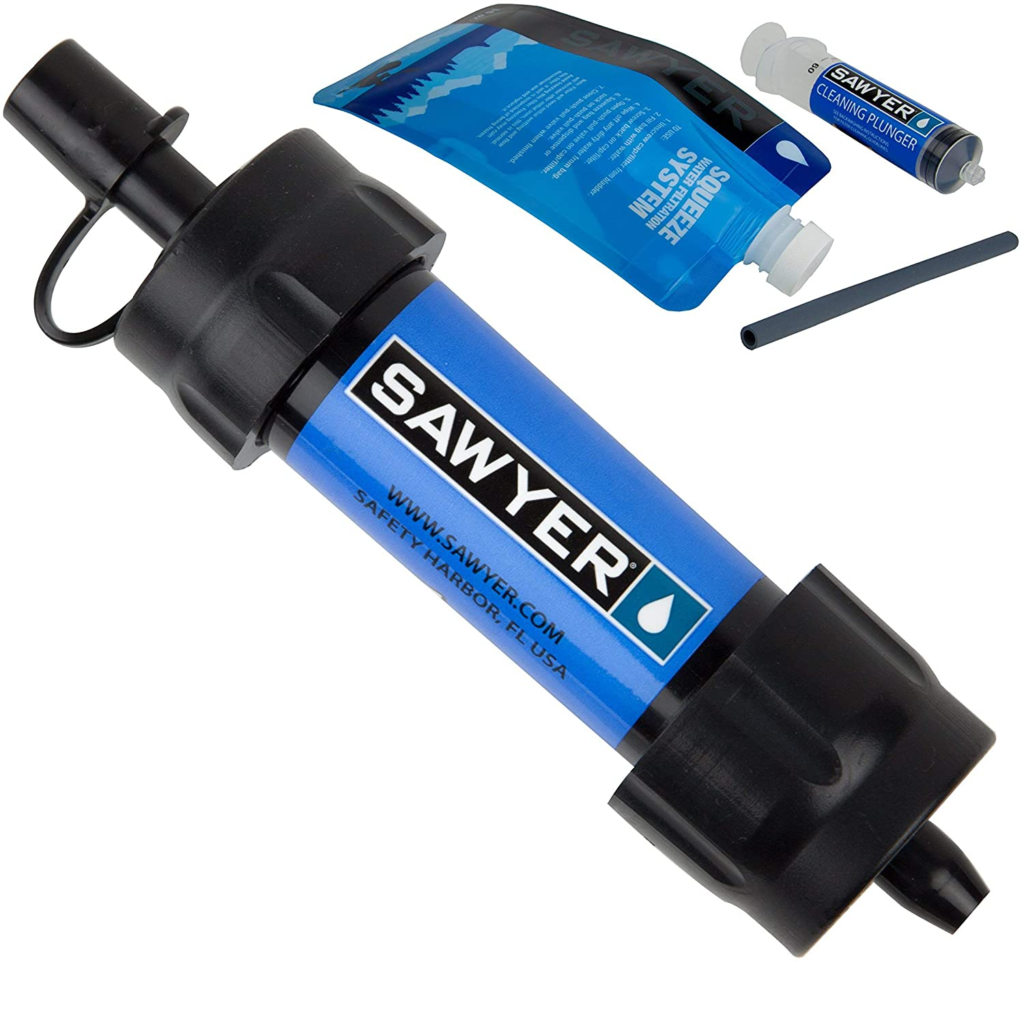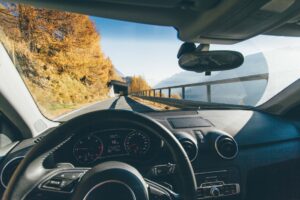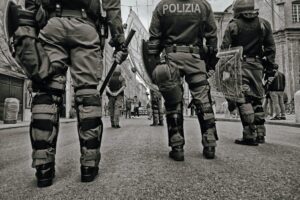During an emergency, tap water may not always be safe to drink. A major SHTF could result with loss of power which can disrupt the water supply chains. If that happens, you need to have an SHTF backup plan to obtain this precious recourse: water.
Your emergency food pantry may include several cases of bottled water. That’s great. But once your clean water supply is depleted, where else will you get your water from? You need a backup plan.
DO NOT DRINK water that has an unusual odor or color
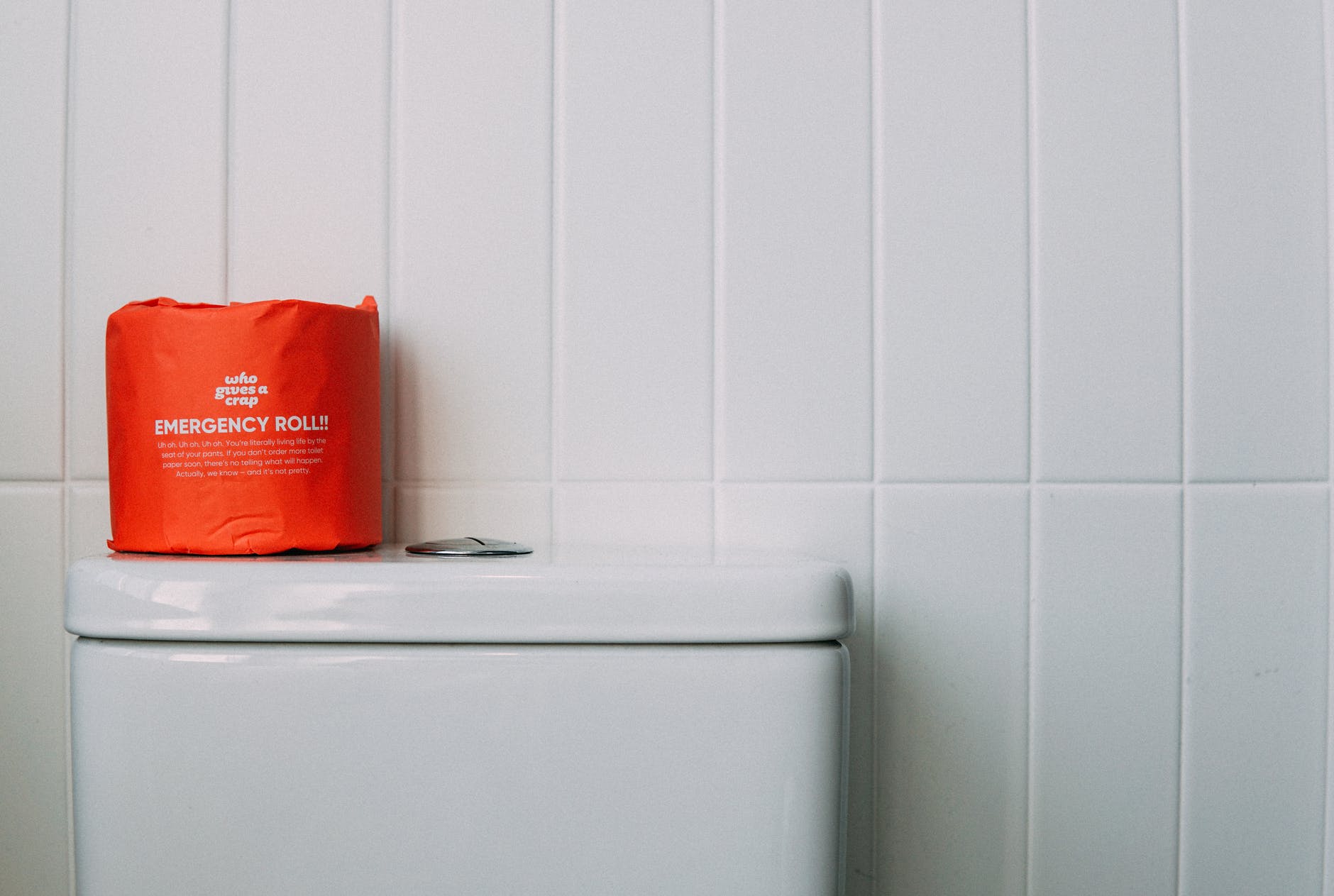
Inside The Home
- Water heater tank
- Melted ice cubes made with uncontaminated water
- Water from the toilet tank (not from the bowl); clear and has not been treated with cleaners
- Liquid from canned fruits and vegetables
- Water from swimming pools can be used for personal hygiene and cleaning, but not for drinking.
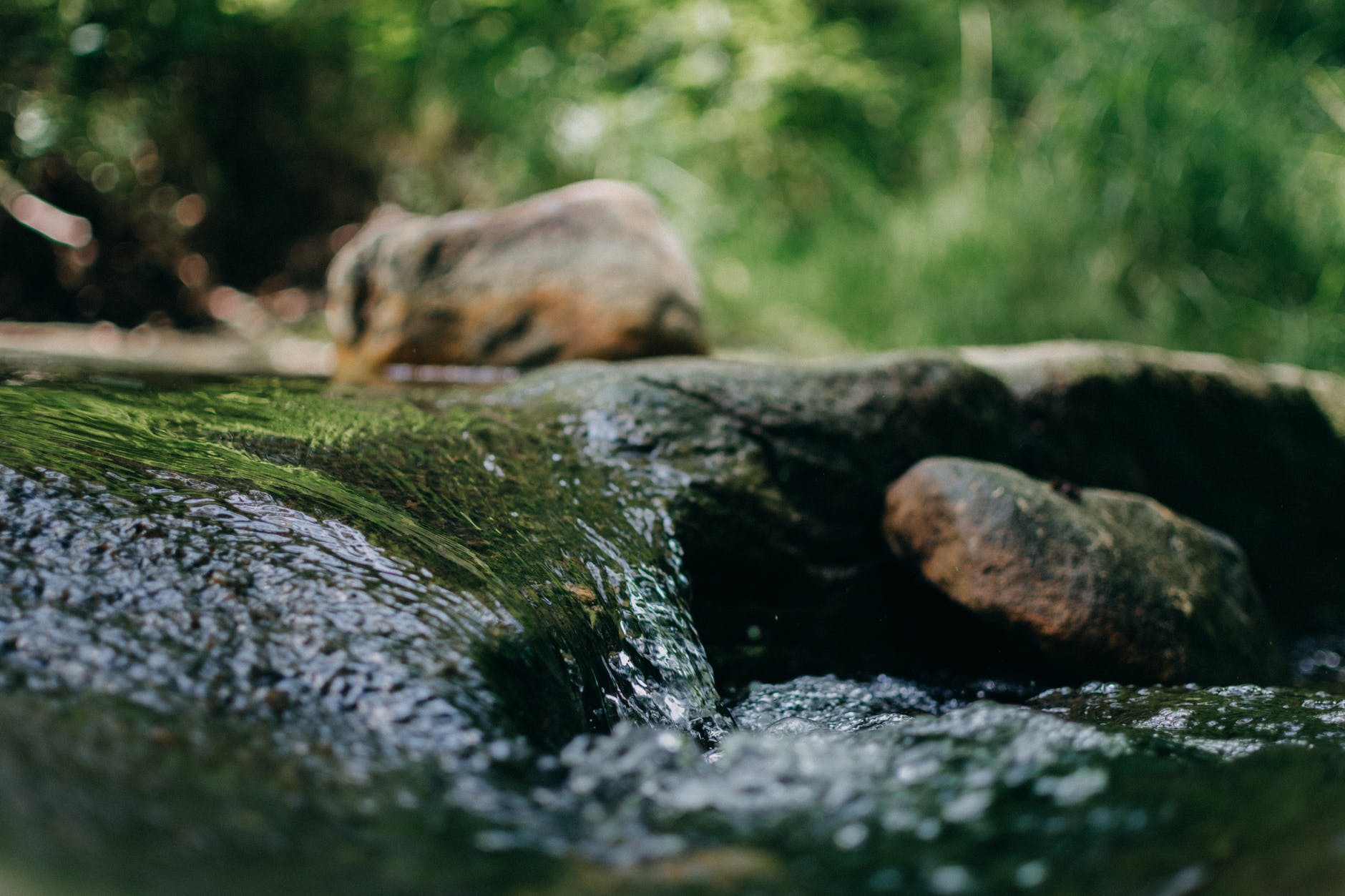
Outside The Home
- Rivers, streams, lakes, ponds and natural springs; always assume it is contaminated
- Rainwater; be prepared to collect it on rainy days
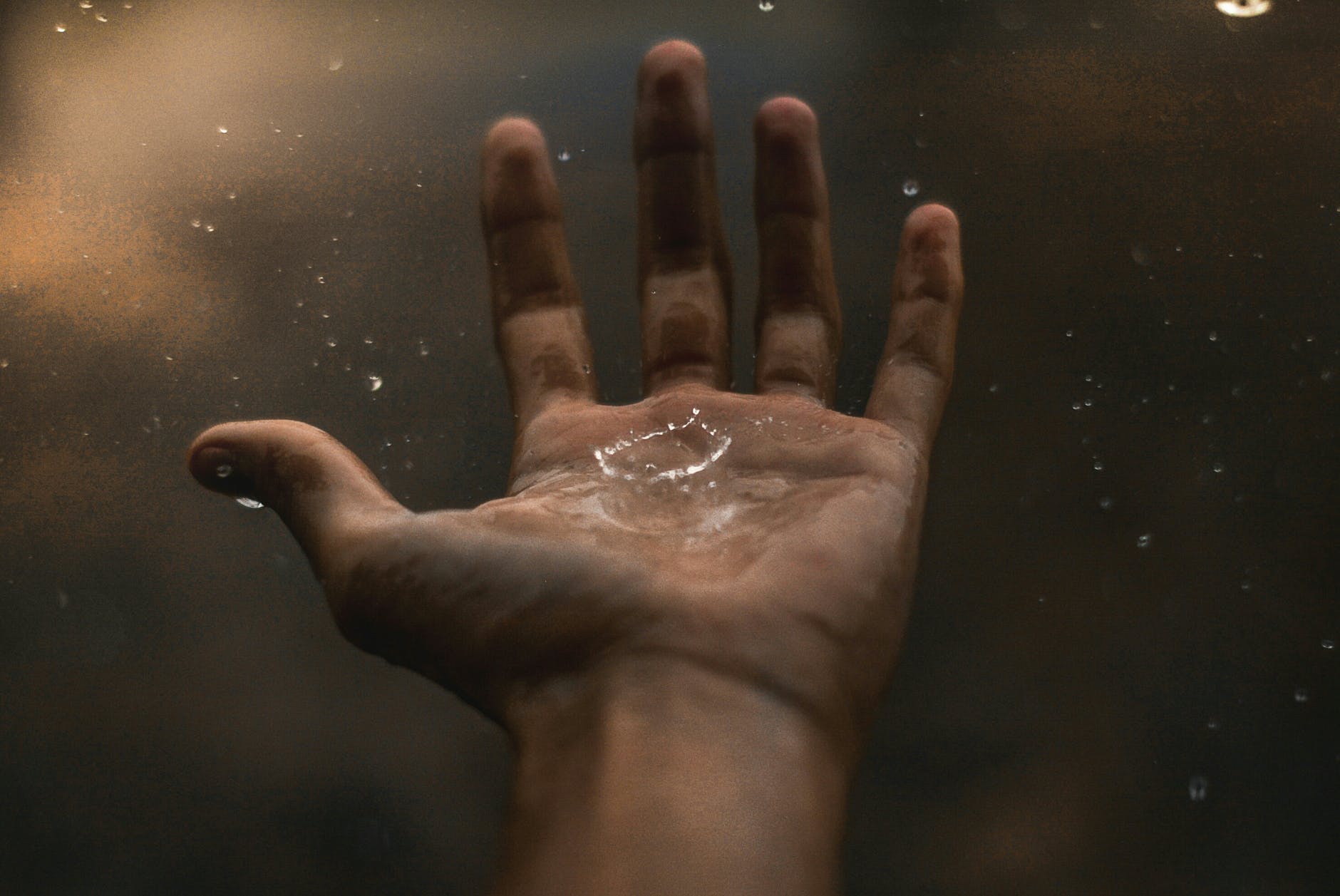
Clean Before You Drink
Treat all suspicious water before using it for drinking, food washing and preparation, washing dishes, brush your teeth, etc. Not treating your water can cause diseases such as dysentery, cholera, typhoid and hepatitis -all which can make your already miserable existence even worse.
We will discuss a few treatment options. Sometimes a combination will be necessary. Before treating, make sure any suspended particles get settled to the bottom or strain.
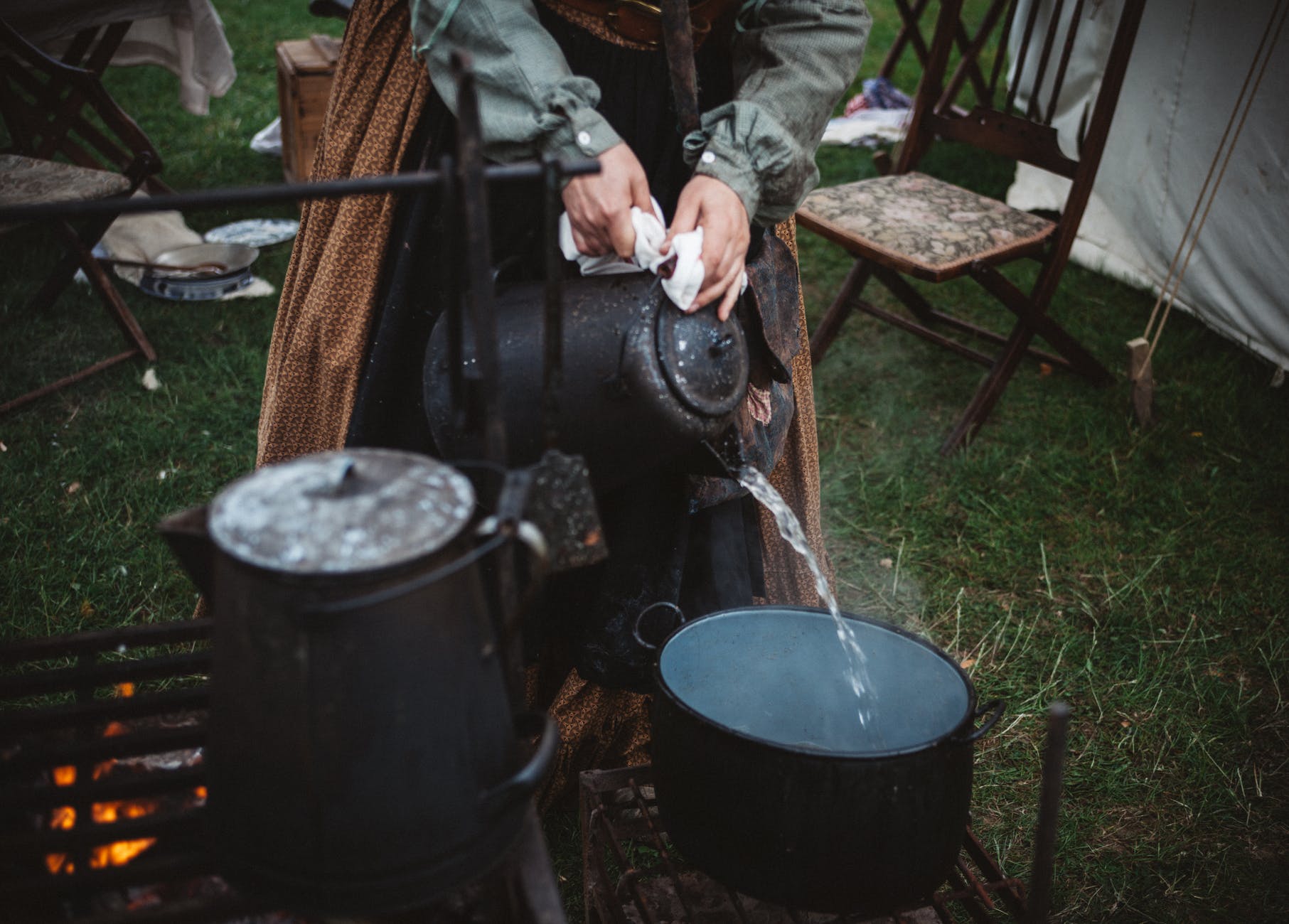
Boiling Water
Boiling is the safest method of water treatment. Bring water to boil for one full minute. Be mindful of losing precious water by evaporation. Of course, be prepared to have a backup plan to start a fire.
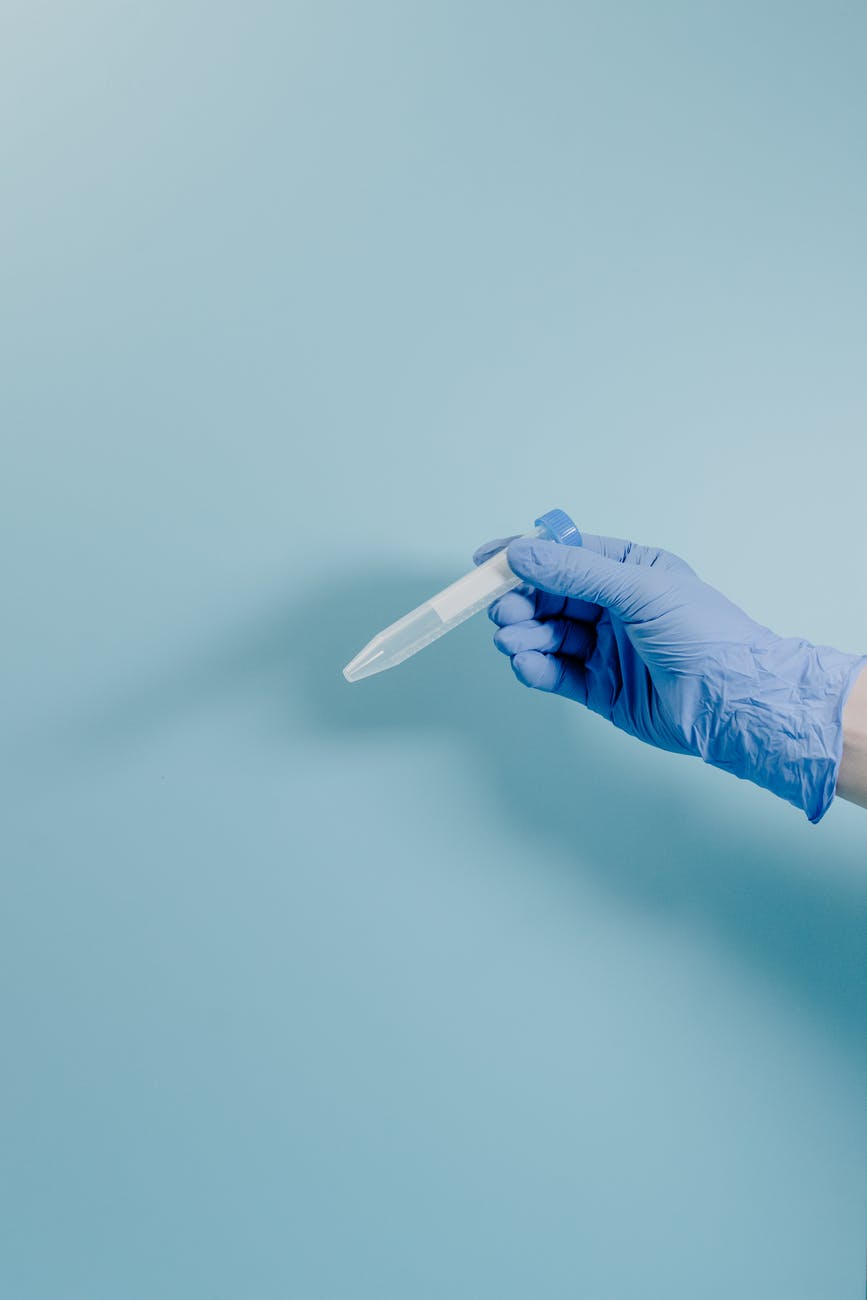
Chlorination
Use regular household liquid bleach that contains 5.25% to 9% sodium hypochlorite, without scents, added cleaners or color safe bleaches.
Use 1/8 teaspoon or 8 drops of bleach per gallon of water, stir and let it stand for 30 minutes (for water bottles, use 2 drops per 1 quart or 1 liter).
The water should have a slight chlorine odor. If it doesn’t, repeat the process and let it stand for 15 minutes.
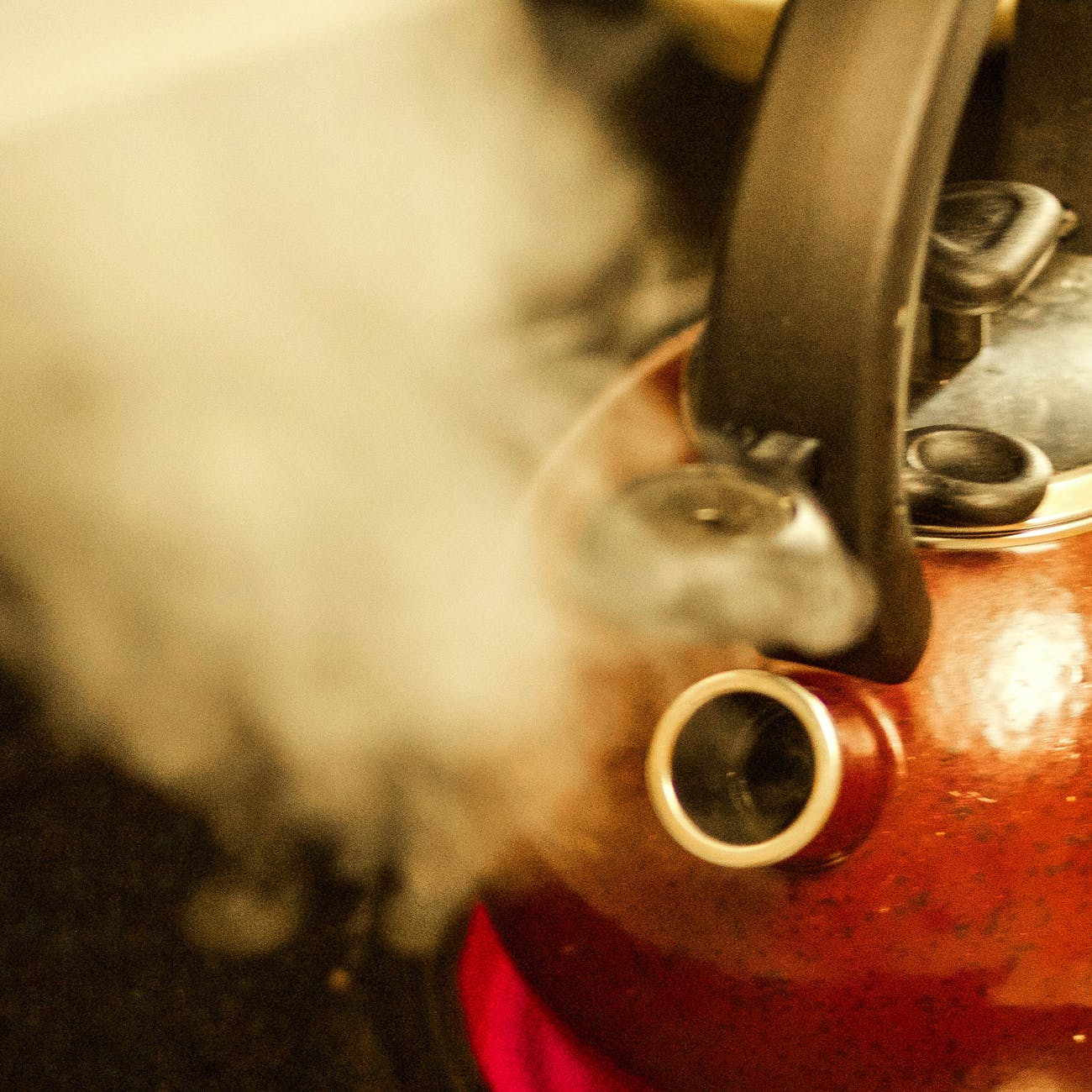
Distillation
Distillation involves boiling water and then collecting the vaper that condenses. This method can be used with sea water.
Emergency Water Filtration
Where your water source is questionable, having a portable water filter is a must-have for outdoor adventures—or even emergency preparedness— these personal filters claim to filter out 99.9999% of microplastics, waterborne bacteria and parasites.
These are great to have in your bug out bag or in your car’s get home bag.
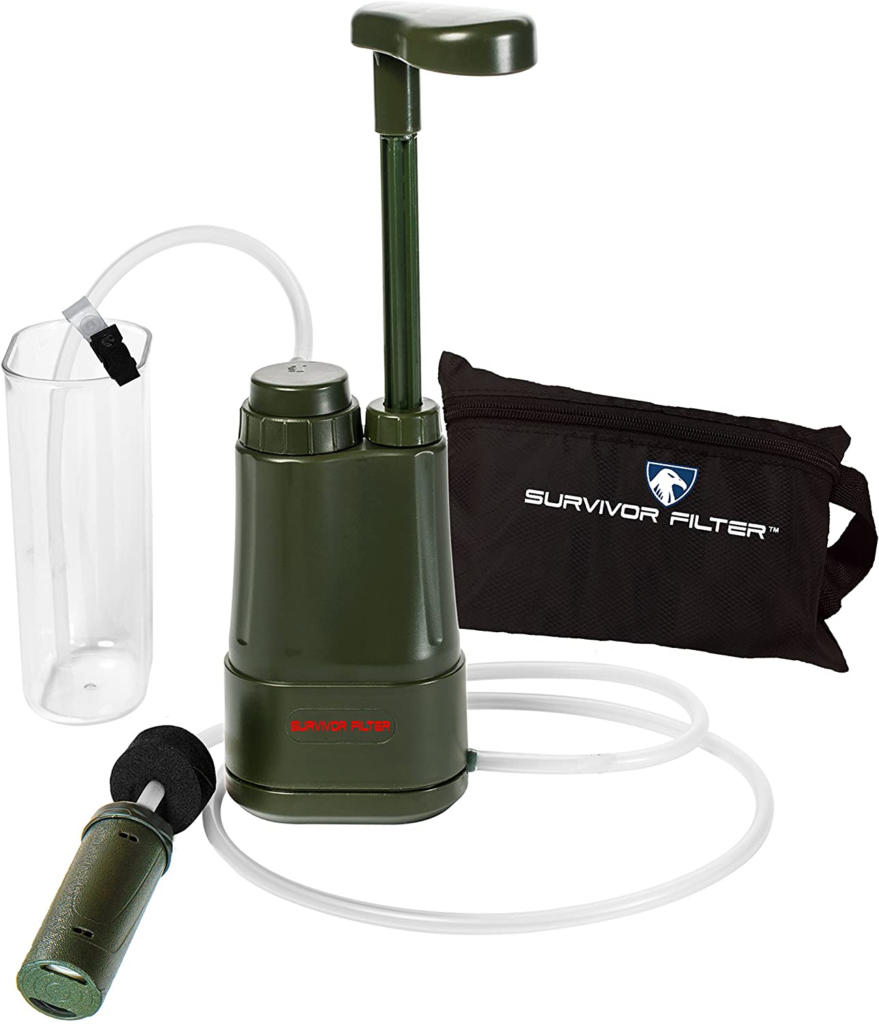
Survivor Filter Pro Water Purification System for Survival – Lightweight Hand-Pump Portable Water Filter for Backpacking Hiking Camping Water Filtration – Removal of 99.999% of Tested Virus Bacteria Parasites
Water Storage
In an impending storm, water-related emergency or outbreak, clean drinking water may not be available. Prepare yourself for an emergency by creating and storing a supply of water that will meet your family’s needs.
Before filling food grade containers, be sure to properly wash the container with dish soap, then sanitize the container by adding a solution of 1 teaspoon of unscented bleach to one quart of water. Wait at least 30 seconds, then rinse thoroughly.
Also consider storing water your washing machine and bathtub.
In Conclusion
Water is essential for life. In a prolonged SHTF event, your clean drinking water will run out. Always have a backup plan to obtain your drinking water. Learn how to set up a water distillery and how to build a rainwater catcher using a tarp or whatever you can get your hands on.
The CDC offers great information great information on emergency preparedness and obtaining clean water. Below is a link on how to make your water safe during an emergency.
https://www.cdc.gov/healthywater/emergency/pdf/make-water-safe-during-emergency-p.pdf
Keep in mind that we may receive commissions when you click our links and make purchases. However, this does not impact our reviews and comparisons. We try our best to keep things fair and balanced, in order to help you make the best choice for you.
